PIET MONDRIAN (1872-1944)
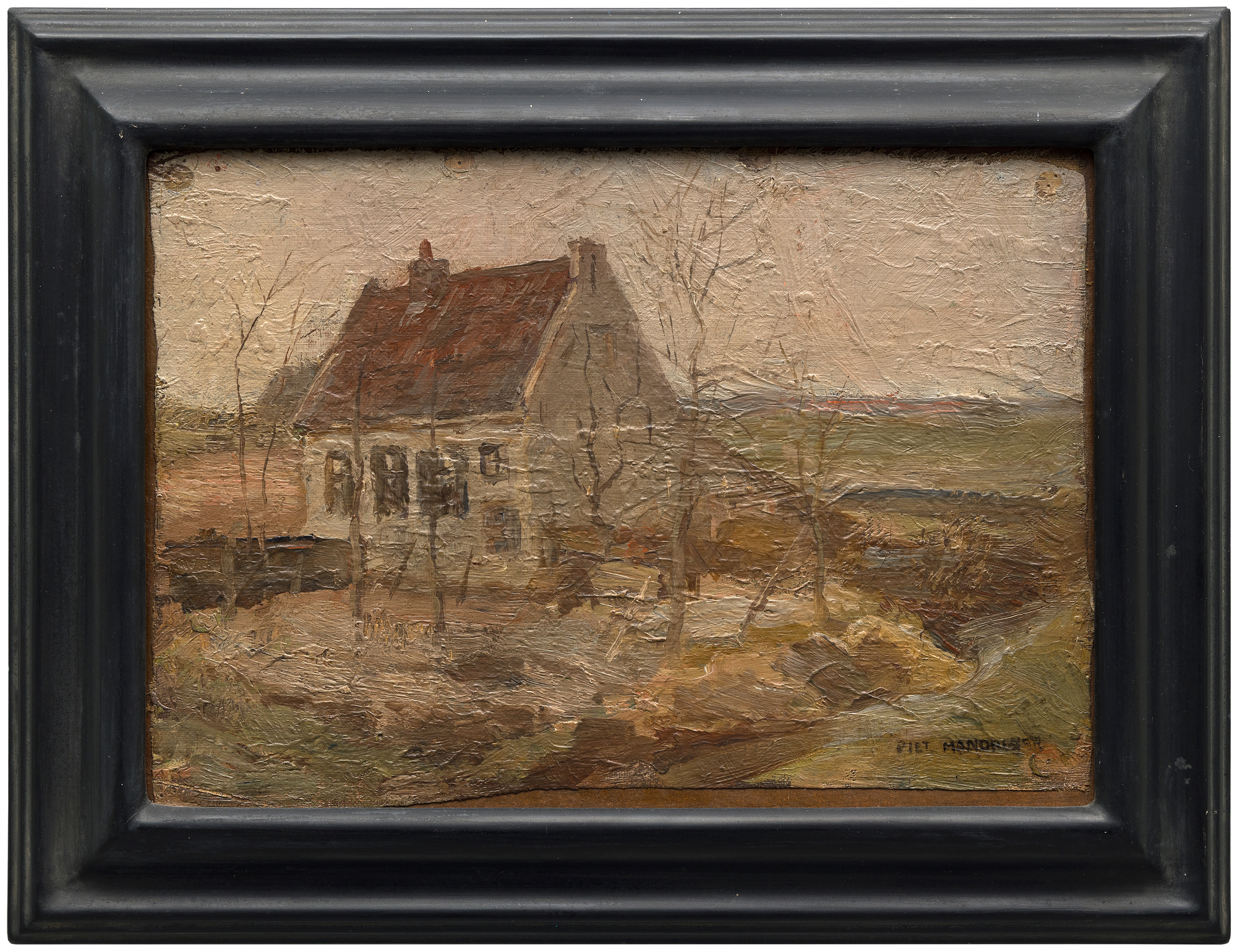
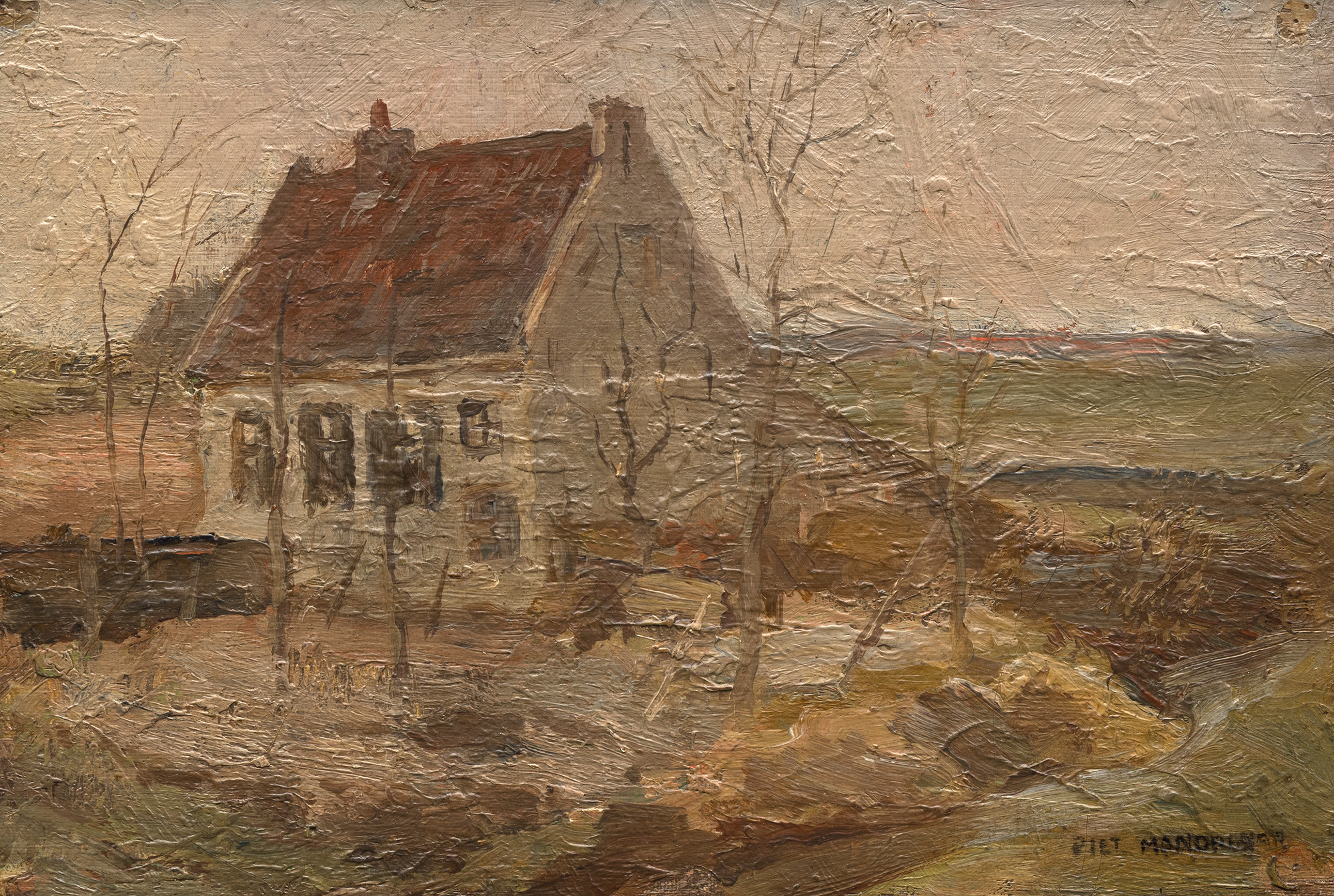
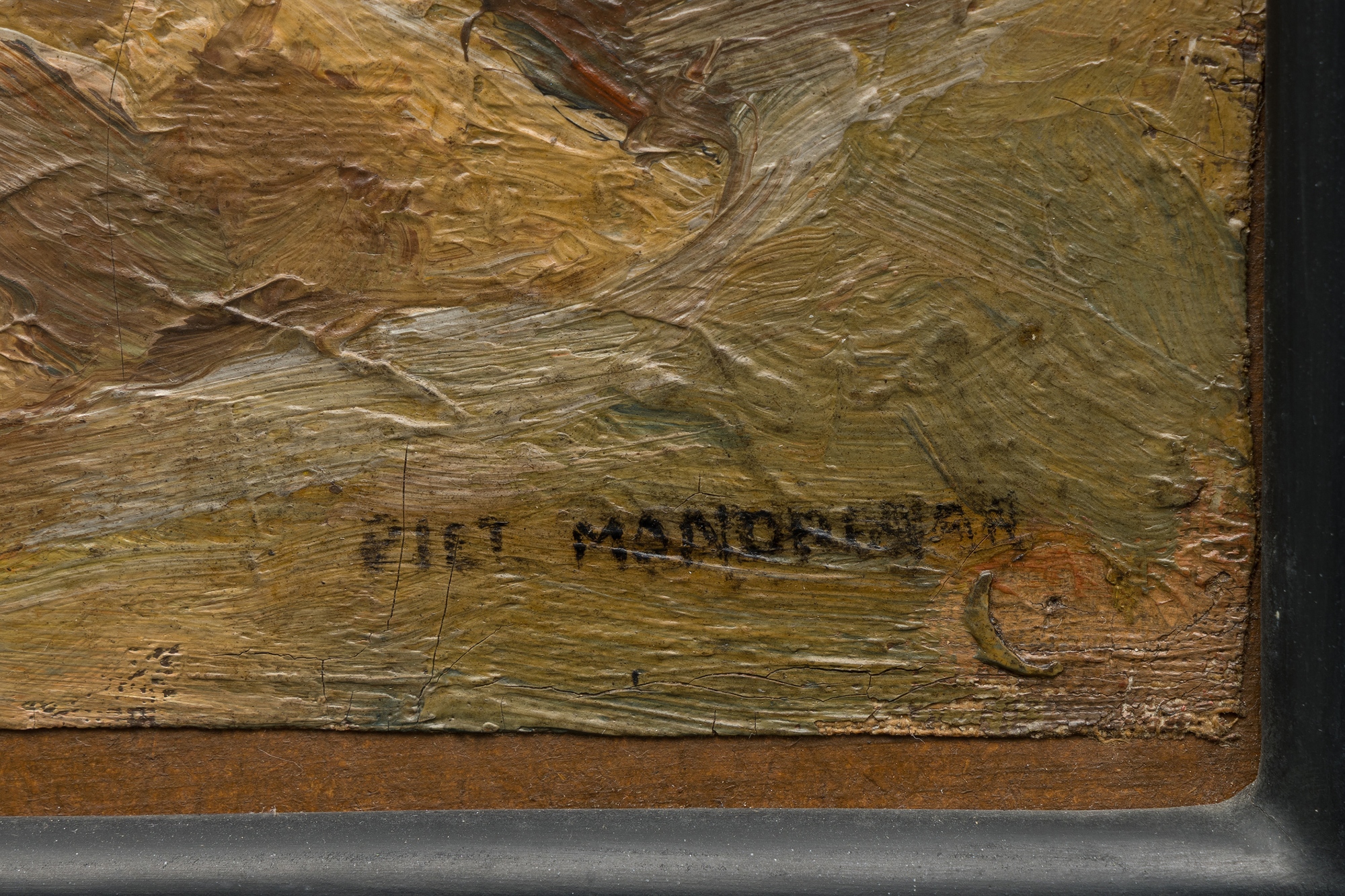

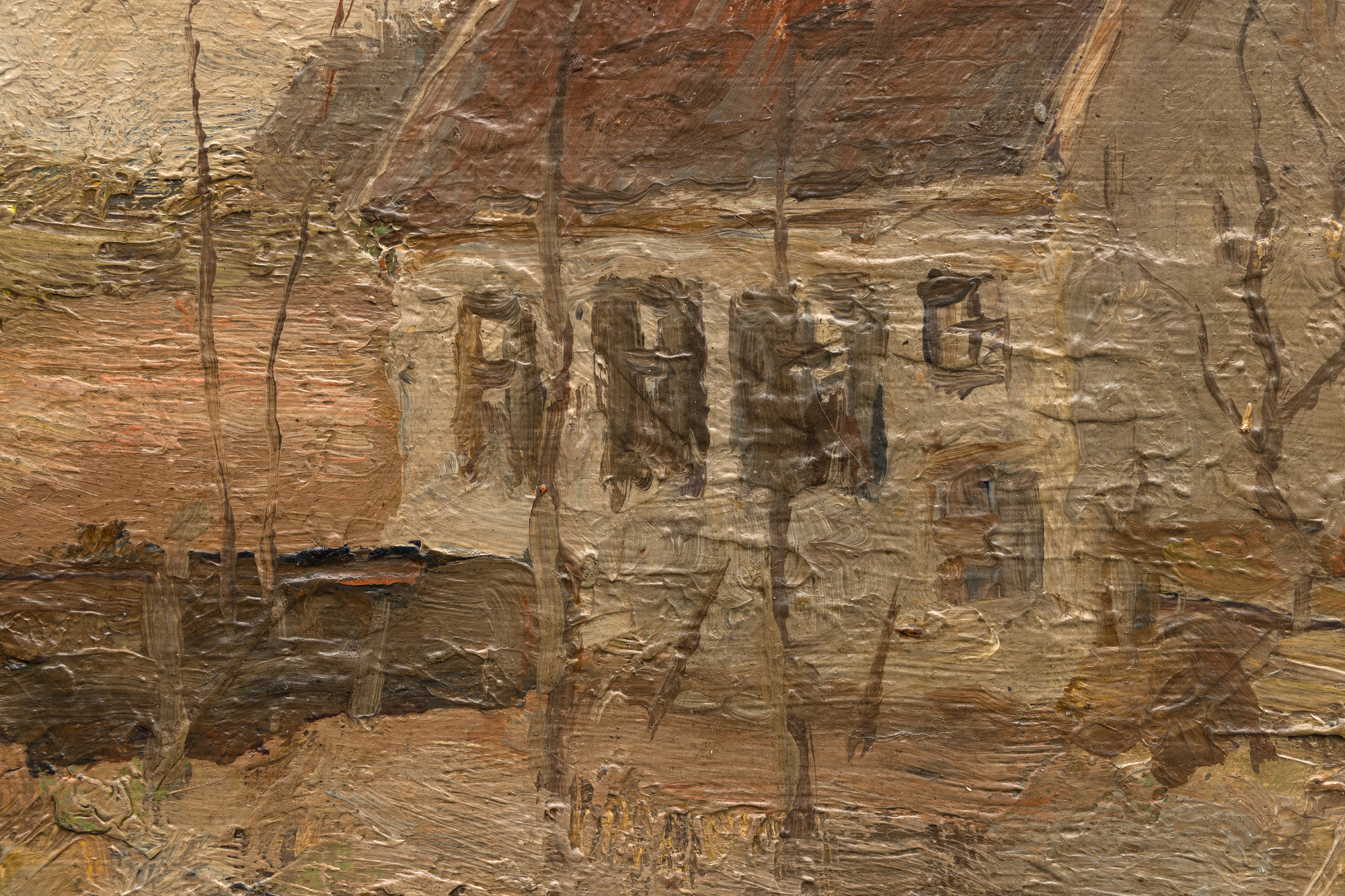
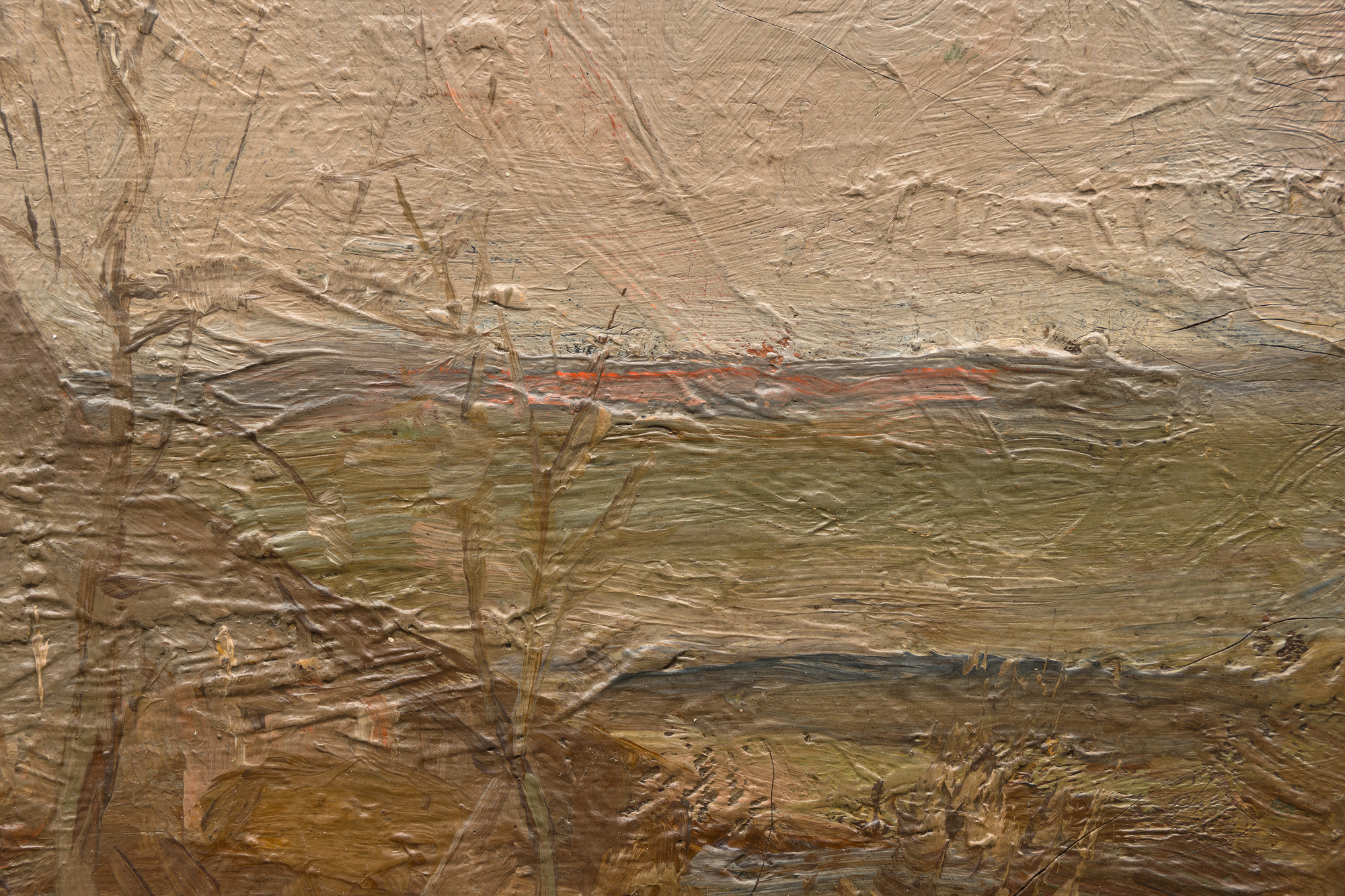



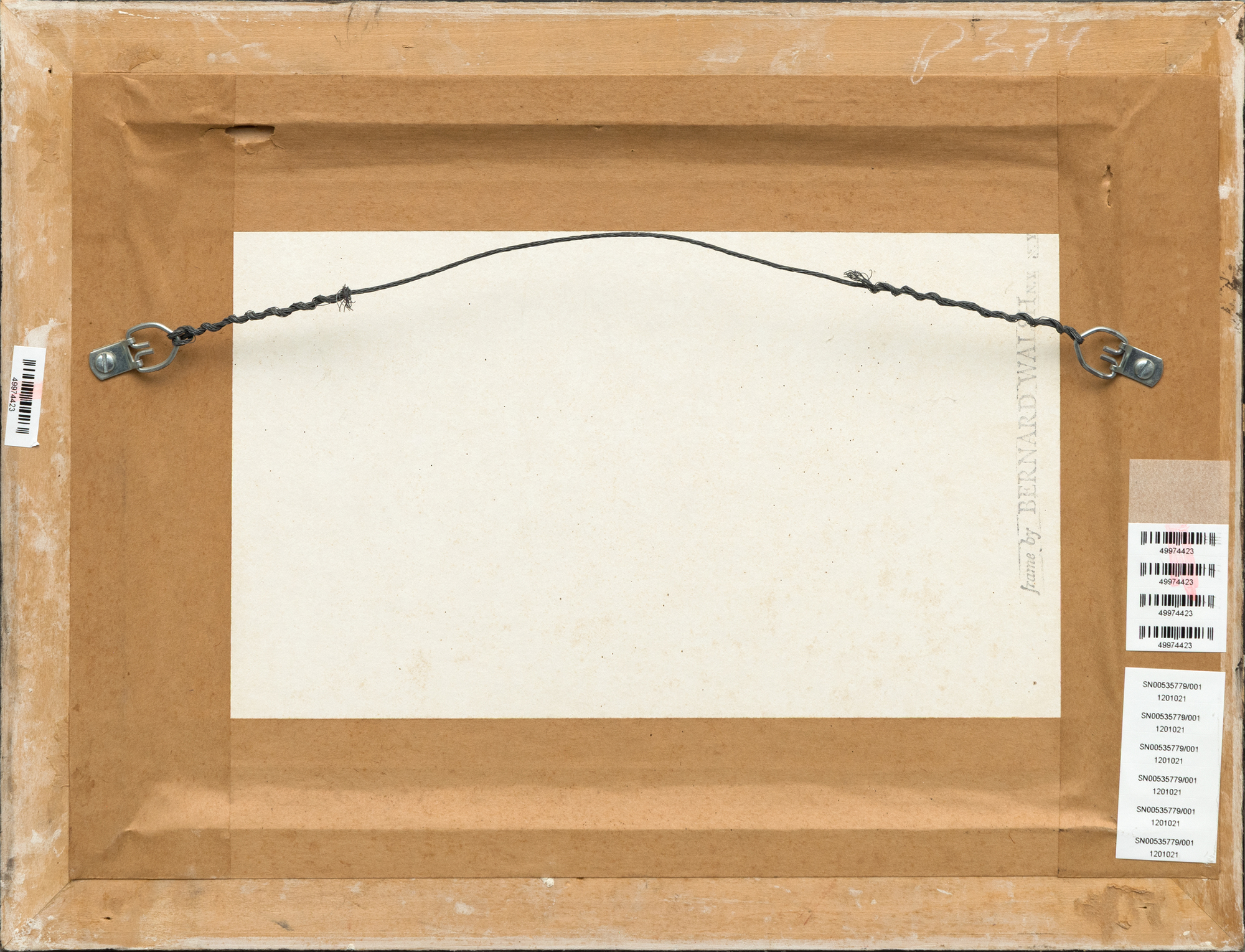
Provenienz
Niederländisches Gut, 1982Sammlung Katharine und Nicholas Fox Weber
Ausstellung
London, David Zwirner, Piet Mondrian: Malerei 1900-1905, 26. November 2015 bis 23. Januar 2016Literaturhinweise
Robert Welsh, Piet Mondrian: Catalogue Raisonné of the Naturalistic Works, New York, 2018, Nr. A161Karsten Schubert, Early Mondrian: Painting 1900-1905, London, 2022
120,000
Die Werke aus dieser Periode, die vor Mondrians Hinwendung zu Küstenszenen, Booten und floralen Motiven entstanden, unterstreichen seine Vorliebe für Landschaften, ein Thema, das sich in seinen späteren Abstraktionen auf subtile Weise fortsetzt, insbesondere in jenen, die vom gitterartigen Grundriss von New York City inspiriert sind, wie "Broadway Boogie Woogie" (1942-43) und "New York City I" (1942). Da die frühen Landschaften zu einem erschwinglicheren Preis angeboten werden, aber dennoch von immenser akademischer Bedeutung sind, ziehen sie Museen und versierte, aufmerksame Sammler an. Vergleichbare Werke befinden sich im Metropolitan Museum of Art, dem Cleveland Museum of Art und dem Art Institute of Chicago. Dieses Werk ist ein seltenes Zeugnis von Mondrians sich entwickelndem Genie und der grundlegenden Rolle der Landschaft in seinem Schaffen. Der jüngste Besitzer des Gemäldes ist Nicholas Fox Weber, der angesehene Kunsthistoriker, Wissenschaftler und Präsident der Josef Albers Foundation.


